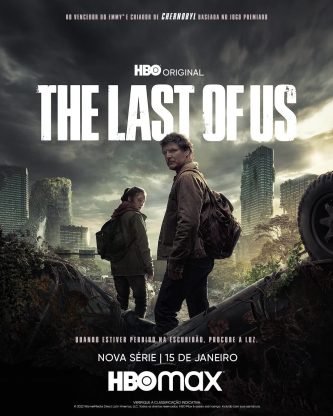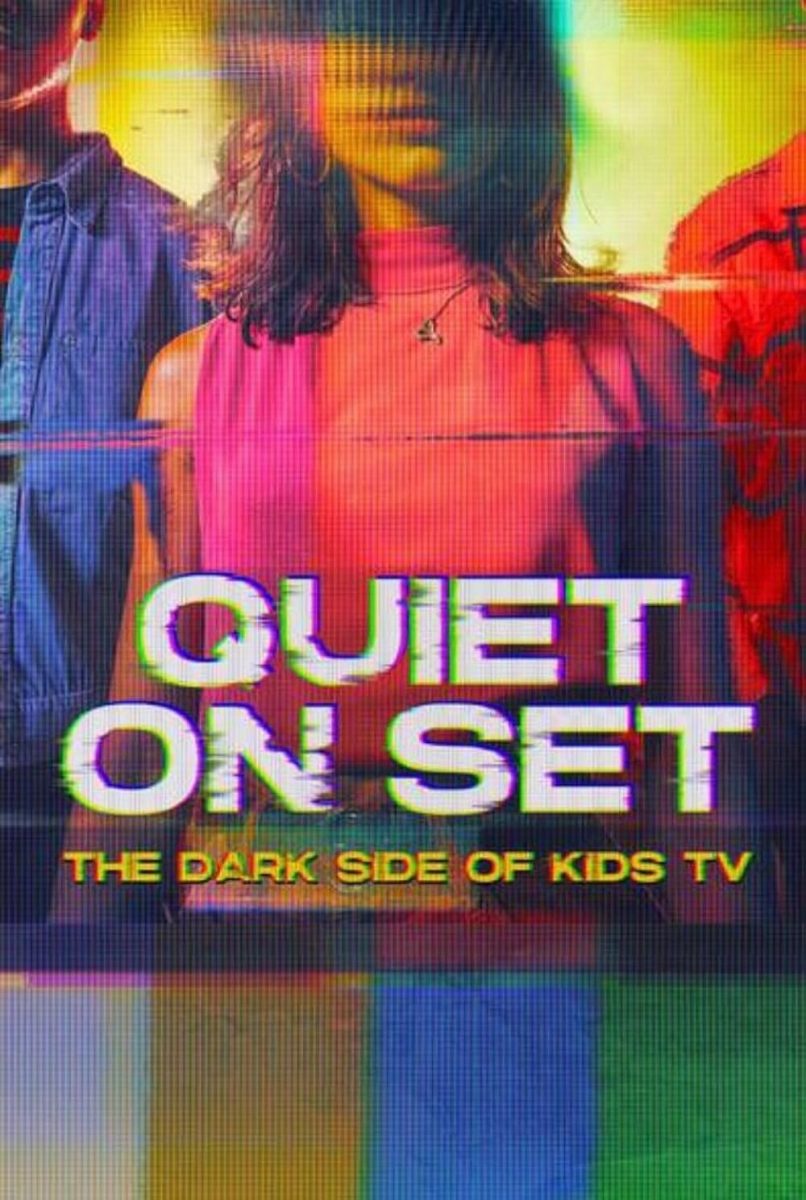
WARNING: Major spoilers ahead for Season One of “The Last of Us”
“Endure and Survive.”
The infamous quote and title of episode six of “The Last of Us” makes up the core of the series. Every character must endure hardship if they are to survive. Every character must sacrifice to survive. And, viewers are going to have to endure if they want to emotionally survive this series — it’s an emotional roller coaster, but it’s worth every second.
In this HBO adaptation of the wildly popular 2013 video game, hardened single father and smuggler Joel (Pedro Pascal) is asked to escort Ellie (Bella Ramsey) across the country to the lab of the Fireflies, a rebel group. The catch? It’s 2023, but it’s 2023 in a post-apocalyptic world destroyed by a pandemic caused by the Cordyceps fungus. The fungus turns anyone who comes into contact with it into an “Infected,” or, to put it simply, a gross-looking zombie. And the clincher? Ellie might be the cure to saving humanity.
Here’s the interesting part, though. While the Infected may be the spectacle, they aren’t the real “villains” of the series. In fact, they’re mainly there simply to set the post-apocalyptic scene for you. The real villains are the humans — the non-Infected ones.
The show isn’t really about zombies; it’s more a philosophical look at human nature and what we are willing to resort to in order to survive. Some episodes are chock-full of Infected; episode six features a horrifying ending scene where an entire city of non-Infected is eradicated by a horde of Infected that was buried under the city. But the show points out that this wouldn’t have happened if it wasn’t for the struggle for power among the humans living above ground. The remaining human populations that Joel and Ellie run into on their journeys are often warring with others over different strategies for survival, which often leads to catastrophic repercussions. The Infected are the result that awaits those who lose sight of what must be done in order to survive.
“Game of Thrones” alumni Pedro Pascal and Bella Ramsey give arguably the best performances of their careers in “The Last of Us.” Joel’s slow growth from a man who literally kicks Ellie into a wall in episode one to a father figure who destroys what may be the only chance at a cure in order to save Ellie’s life pulls at your heartstrings. Bella Ramsey’s portrayal of Ellie deepens scene by scene — Ramsey outperforms themself continuously, bringing both emotional depth and some much-needed humor to the show.
My favorite part of the entire series is its emphasis on companionship. While the show takes place in a world filled with hate, pain and death, the core of the series lies in relationships. The entire show is built around the dynamic between Joel and Ellie, which lead to some of the most tear-jerking, prominent moments in the entire season. This ranges from Ellie’s refusal to leave Joel to die in episode eight to Joel’s decision to save Ellie’s life in the season finale. Joel, who has been empty of emotion and motivation since the death of his daughter Sarah at the beginning of the pandemic, risks his life by traveling across the country because of the love he grows to feel for Ellie.
There’s also the inclusion of Henry and Sam, the fan-favorite brother duo that meet a tragic end in episode six. Their storyline is just another heartbreaking example of what humans are willing to do to survive — and to make sure their loved ones survive, too.
Then, there are romantic relationships. Episode three, entitled “Long, Long Time” is one of the best episodes of television ever produced. It revolves around Bill, an isolated survivalist, and Frank, a kind and extroverted optimist. The episode follows the 15-year span of their romantic relationship, from the day they met in 2008 to 2023. It is so painfully rare to see such a beautiful depiction of a queer relationship on television, especially one that doesn’t fall victim to the “kill your gays” trope (a common occurrence in which a queer character is killed off, or “fridged,” as a plot device or motivator for a usually cishet main character). While the characters do indeed meet a tragic end, they do so on their own terms: together. It culminates in a beautiful message: in a world full of tragedy, love gives the characters something to fight for.
“The Last of Us” isn’t the new “zombie craze.” And it most definitely isn’t just another schlocky video game adaptation. It absolutely can be difficult for viewers with its violent content and its timing, only three years after the outbreak of the COVID-19 pandemic, but it’s a must-watch. Its observations about human nature and philosophy are important to understand in a time of political and social turmoil. Watch “The Last of Us” to see Pedro Pascal and Bella Ramsey at their best (and maybe to understand all those tweets and TikTok edits about Pascal). Stay for the perspective-changing lens beyond the Infected.
















